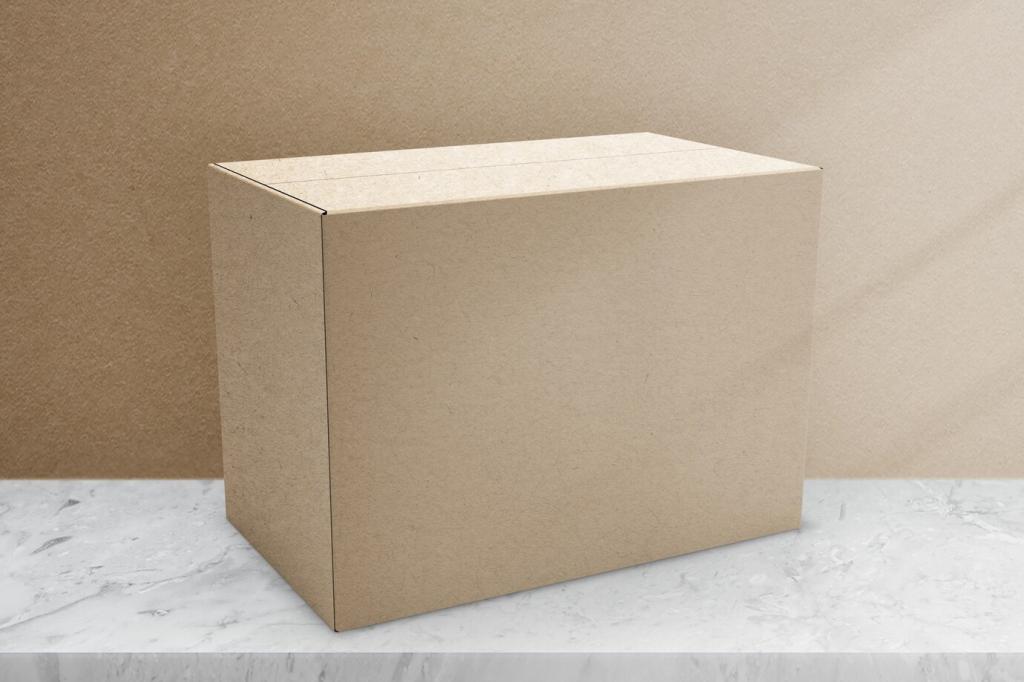
Eco-Friendly Interior Design Trends for the Future
As sustainability becomes an integral part of modern living, eco-friendly interior design continues to evolve and set new trends for the years ahead. More homeowners and businesses are seeking ways to create visually stunning, comfortable, and environmentally responsible living spaces. The shift towards sustainable interiors is not just a trend but a movement that will shape lifestyles, consumption habits, and aesthetic sensibilities far into the future.
Sustainable Materials and Finishes
Reclaimed Wood Surfaces
Reclaimed wood is rapidly becoming the material of choice for floors, walls, and furniture. By giving new life to timber from old barns, factories, or warehouses, this approach minimizes waste and reduces deforestation. Each piece tells a unique story through its weathered texture and patina, adding depth and authenticity to any space. Beyond aesthetics, using reclaimed wood reduces the environmental impact associated with logging and processing new materials. Advanced treatments now allow reclaimed wood to meet modern standards of durability, making it suitable for both residential and commercial interiors without compromising style or performance.
Natural Paints and Finishes
Traditional paints and finishes can emit harmful chemicals known as volatile organic compounds (VOCs) into indoor air, affecting health and comfort. The latest trend focuses on paints made with natural ingredients such as clay, chalk, or plant dyes. These alternatives are non-toxic, biodegradable, and available in a range of sophisticated colors and textures. Not only do they improve indoor air quality, but they also emphasize a tactile, handcrafted feel that enhances the sensory experience of a room. Natural finishes on walls, cabinetry, or floors reflect a growing desire for health-conscious and environmentally sound design solutions.
Recycled and Upcycled Decor
Incorporating recycled and upcycled decor is at the heart of sustainable interior design. Designers are turning discarded materials such as glass, metal, and textiles into statement pieces that are both functional and artistic. Upcycling extends the lifespan of objects and materials, creatively transforming them into modern lighting, seating, or accessories. This trend redefines luxury by celebrating innovation and resourcefulness, shifting the narrative away from mass production toward personal expression and responsible consumption. Repurposed decor brings uniqueness to any space while addressing the urgent need to divert waste from landfills.

Living Walls and Vertical Gardens
Living walls and vertical gardens are innovative features that bring vitality and wellness to interiors. These living, breathing installations purify the air, dampen noise, and serve as dynamic visual focal points. A range of plant species can be combined to create lush, textured surfaces that flourish in kitchens, bathrooms, or corporate lobbies. In addition to their striking visual impact, living walls demonstrate a commitment to sustainability through their water-efficient irrigation systems and positive effects on air quality and mental health.

Maximizing Natural Light
Harnessing natural light has become a key principle in future-friendly interior design. Strategic window placement, glass doors, skylights, and reflective surfaces all help draw daylight deeper into living spaces. Daylighting reduces the need for artificial lighting, cutting energy consumption and supporting the body’s natural circadian rhythms. Future designs will seamlessly blend architectural innovation with sustainable solutions, using light shelves, clerestories, and smart shading systems to optimize comfort and reduce a structure’s overall environmental footprint.
Energy-Efficient and Smart Technology Solutions
Smart thermostats have become essential in achieving energy-efficient homes. By learning household routines and adjusting heating or cooling systems automatically, these devices ensure optimal comfort while reducing unnecessary energy use. Integration with mobile devices allows residents to monitor and control the indoor climate remotely, further enhancing efficiency. Future advancements in this technology will coordinate seamlessly with other smart appliances and renewable energy sources, setting new standards for sustainable, digitally connected living environments.

